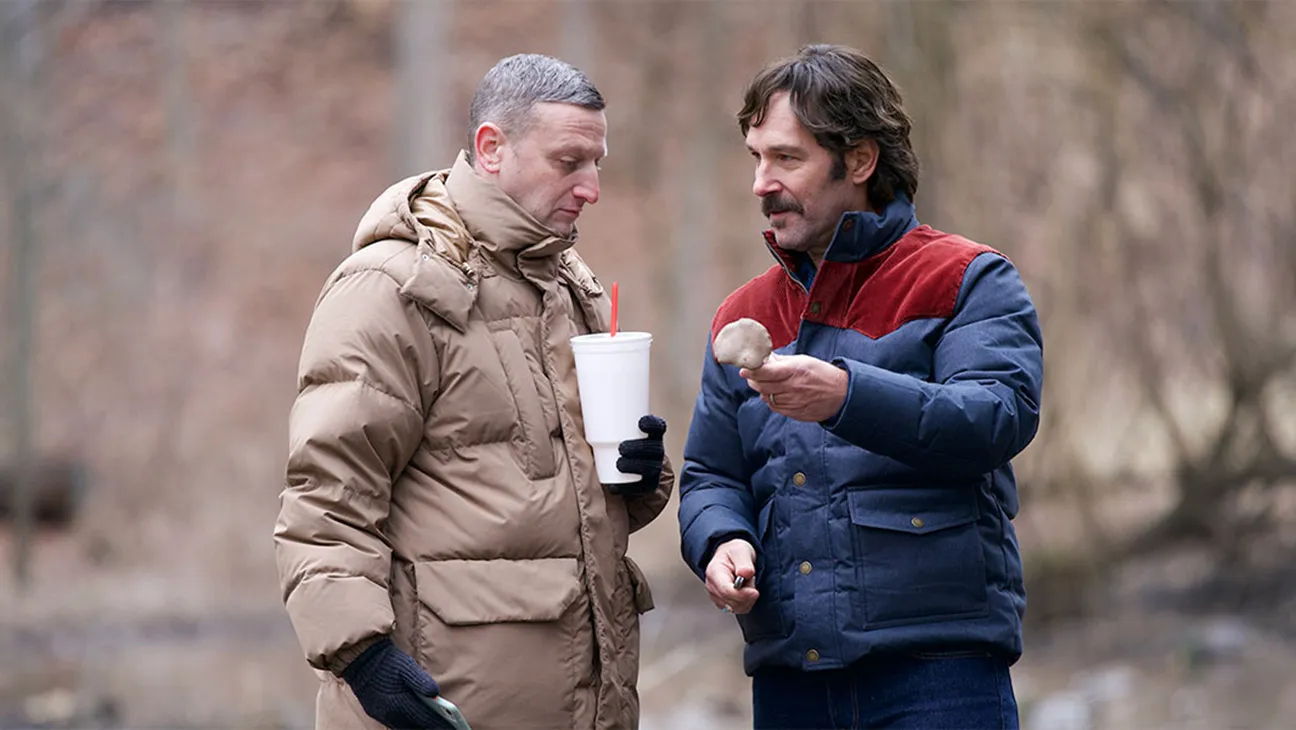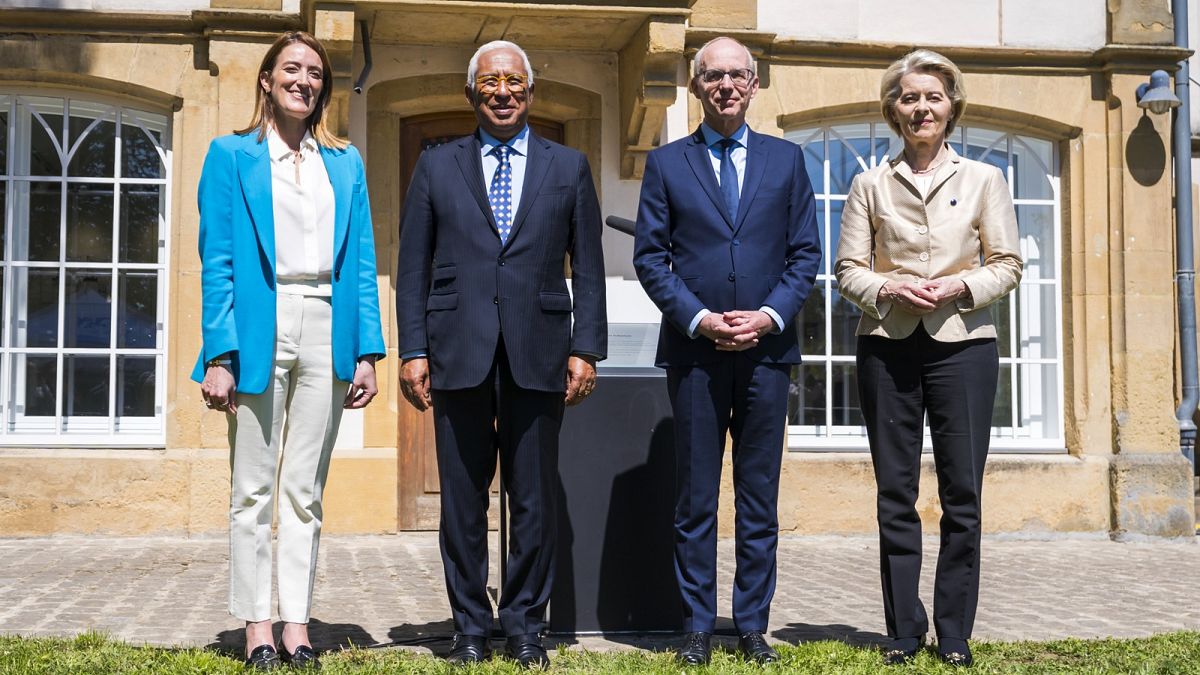Health
About Those July 4 Fireworks and Climate Change

The American practice of setting off fireworks on July 4 stretches back to the first Independence Day celebration in Philadelphia in 1777. Today, it’s a beloved tradition that almost seems impossible to replace.
But with concerns over air quality, wildfires and supply chains, some cities are doing just that.
This year Salt Lake City is replacing its fireworks with synchronized dancing drone displays to avoid worsening air quality and setting off more wildfires. Boulder, Colo., is switching to drones, too, and Minneapolis is opting for lasers, simply because those technologies have been easier to source than fireworks in recent years.
And as wildfire smoke from Canada again blanketed much of the United States last week, New York City officials debated whether to set off fireworks on the 4th but, as of Monday night, had not called them off.
Across the border, Montreal canceled July 1 Canada Day fireworks, citing poor air quality from the more than 100 wildfires burning across Quebec.
“They’re definitely going to compound those existing sources of air pollution,” said Grace Tee Lewis, an epidemiologist at the Environmental Defense Fund who specializes in air pollution and public health.
Fireworks cause a spike in a form of air pollution called particulate matter, the same type of pollution that is elevated from wildfire smoke. While there’s not much research on the risks of fireworks specifically, particulate matter less than 2.5 microns wide (about one-30th the width of a human hair) is known to enter people’s lungs and bloodstreams and cause breathing problems and inflammation. Children, older people and those with existing health conditions like asthma and chronic heart disease should take special care, Dr. Tee Lewis said.
“Watch it from a distance,” she recommended. “The closer you are, the more particulate matter exposure you’re going to have.”
Dr. Tee Lewis added that since the spread of the coronavirus, more people may be more vulnerable to air pollution, especially people suffering from long Covid or heart complications as a result of their infections. For those determined to get their pyrotechnic fix, wearing the same N95 face masks that protect against the virus is one way to protect yourself from smoke and air pollution, she said.
On July 4 and 5, fine particulate matter levels across the country rise by 42 percent on average, according to a 2015 study by the National Oceanic and Atmospheric Administration. Alongside the fireworks party, particulate matter pollution can rise as much as 370 percent.
These levels often exceed what’s allowed by the Environmental Protection Agency for day-to-day outdoor air quality, but local, state and tribal governments are generally allowed to flag one-time events like fireworks, as well as wildfires, as “exceptional events” and avoid officially violating national air standards.
Other countries see similar spikes in air pollution around their own major holidays, said Dian Seidel, an author of the 2015 study and a retired NOAA climate scientist.
Background air pollution from wildfire smoke is certainly something for cities to consider as they plan fireworks or alternative celebrations like drone shows, Dr. Seidel said. “Maybe there are ways not to be a party pooper, but to still have something pretty in the sky to look at, and not cause a big amount of pollution,” she said.
Besides air pollution, fireworks come with other risks. Dogs and other household pets are known to hate July 4, and many humane societies and animal shelters prepare for an influx of lost or runaway pets after the holiday. Fireworks lead to problems for wild animals, too. A 2022 study of wild geese in Europe found that during crucial rest stops on their long migrations, many birds abandoned their sleeping sites on New Year’s Eve.
In 2022, Americans suffered an estimated 10,200 fireworks-related injuries and 11 reported deaths, according to the U.S. Consumer Product Safety Commission. Many of the injuries resulted from smaller firecrackers and sparklers set off by people at home, not during large public or commercial shows.
But the adrenaline rush of sparks, whistles and booms, and a little bit of danger, socially acceptable for one day, is exactly why so many people love fireworks. Even Dr. Tee Lewis said her children set off small July 4 fireworks at their grandparents’ house, where they are legally allowed.
She and Dr. Seidel don’t want to stop the holiday festivities. They simply urge caution, and for people to consider alternatives.
In the end, holiday fireworks lead to just a couple of days of particularly visible air pollution. Around the country and around the world, communities deal with less visible but still unhealthy air daily or seasonally from things like vehicle traffic, industrial pollution and wildfires.
This year, the E.P.A. proposed strengthening its air quality standard for fine particulate matter to better protect public health, but said it would still allow special consideration for “exceptional events.”

Health
Trump Plan Would Tie Some Drug Prices to What Peer Nations Pay

President Trump will sign an executive order on Monday aimed at lowering some drug prices in the United States by aligning them with what other wealthy countries pay, he said on Truth Social on Sunday evening.
The proposal he described, which alone cannot shift federal policy, is what he calls a “most favored nation” pricing model. Mr. Trump did not provide details about which type of insurance the plan would apply to or how many drugs it would target, but he indicated that the United States should pay the lowest price among its peer countries.
“Our Country will finally be treated fairly, and our citizens Healthcare Costs will be reduced by numbers never even thought of before,” he wrote in his social media post.
Any such plan will most likely be subject to challenges in court, and it is not clear whether it will pass legal muster, especially without action by Congress.
In his first term, Mr. Trump tried unsuccessfully to enact a version of this idea for Medicare, the health insurance program that covers 68 million Americans who are over 65 or have disabilities. That plan would have applied only to 50 drugs, administered at clinics and hospitals, that are paid for by Medicare. A federal court blocked it, ruling that the administration had skipped steps in the policymaking process.
The pharmaceutical industry bitterly opposes the idea, which would almost certainly cut into its profits, and has been lobbying against it as discussions of the policy have regained steam in Washington in recent weeks. Companies have warned that such a policy would lead them to spend less on research, depriving patients of new medicines.
“Government price setting in any form is bad for American patients,” Alex Schriver, an official at the drug industry’s main lobbying group, PhRMA, said in a statement. He added, “Policymakers should focus on fixing the flaws in the U.S. system, not importing failed policies from abroad.”
Mr. Trump’s embrace of the idea sets him apart from most Republicans, who have tended to be skeptical of government price setting. Democratic lawmakers have proposed versions of the idea.
Ameet Sarpatwari, an expert in pharmaceutical policy at Harvard Medical School, said that Mr. Trump was tapping into an idea that had “populist appeal.”
Mr. Trump has long complained that the United States pays much more than other wealthy countries do for the same drugs. And he is right. In the United States, prices for brand-name drugs are three times as high, on average, as those in peer nations.
That is in spite of the fact that much of the research that leads to new drugs takes place in American laboratories and hospitals.
Drugmakers generate a substantial majority of their worldwide profits from sales in the United States and typically design their business strategy around the U.S. market.
Pharmaceutical companies argue that the higher prices in the United States come with an added benefit: Industry-funded analyses have found that patients in the United States get medicines faster, and with fewer insurance restrictions, than those in other countries.
Health
AI tool scans faces to predict biological age and cancer survival
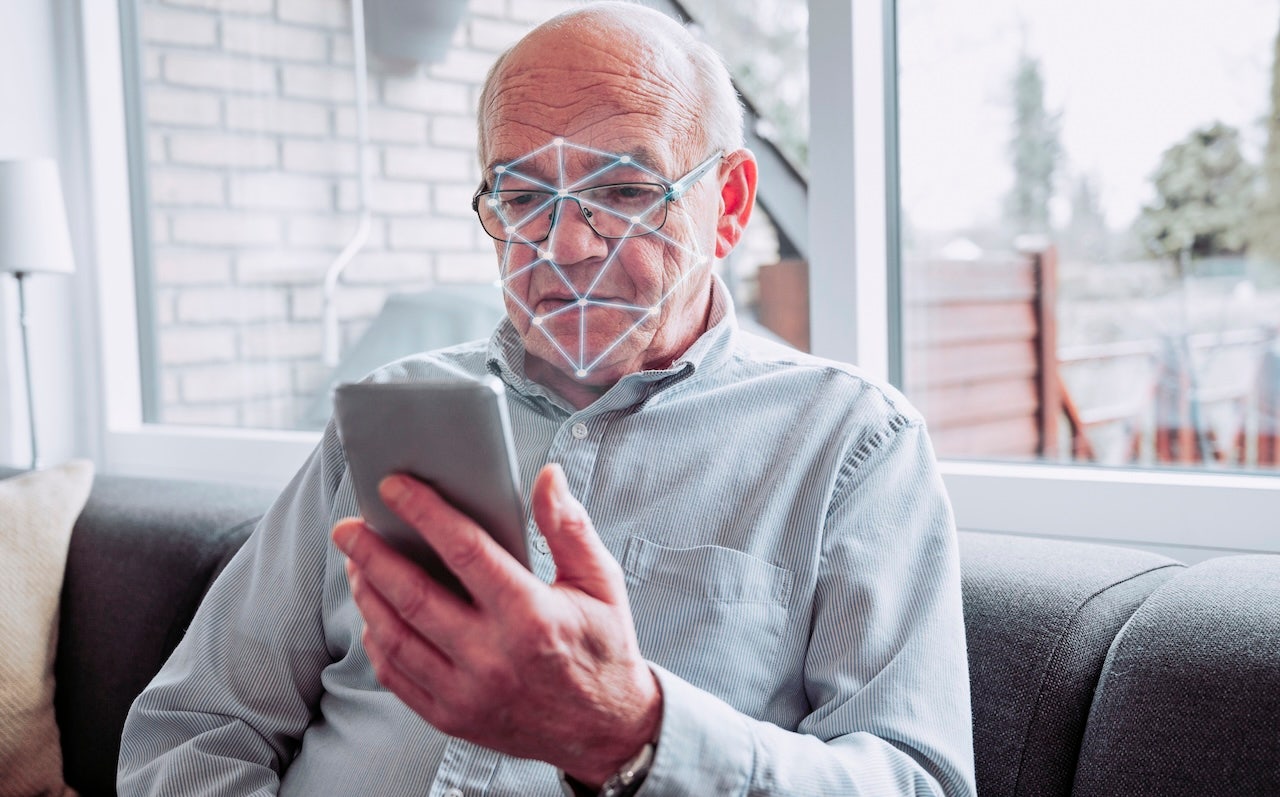
A simple selfie could hold hidden clues to one’s biological age — and even how long they’ll live.
That’s according to researchers from Mass General Brigham, who developed a deep-learning algorithm called FaceAge.
Using a photo of someone’s face, the artificial intelligence tool generates predictions of the subject’s biological age, which is the rate at which they are aging as opposed to their chronological age.
MUSIC CONDUCTOR WITH PARKINSON’S SEES SYMPTOMS IMPROVE WITH DEEP BRAIN STIMULATION
FaceAge also predicts survival outcomes for people with cancer, according to a press release from MGB.
A simple selfie could hold hidden clues to one’s biological age — and even how long they’ll live. (iStock)
The AI tool was trained on 58,851 photos of “presumed healthy individuals from public datasets,” the release stated.
To test the tool’s accuracy, the researchers used it to analyze photos of 6,196 cancer patients taken before radiotherapy treatment.
Among the people with cancer, the tool generated a higher biological age that was about five years higher than their chronological age.
PARALYZED MAN WITH ALS IS THIRD TO RECEIVE NEURALINK IMPLANT, CAN TYPE WITH BRAIN
The researchers also tested the tool’s ability to predict the life expectancy of 100 people receiving palliative care based on their photos, then compared it to 10 clinicians’ predictions. FaceAge was found to be more accurate than the clinicians’ predictions.
The researchers’ findings were published in The Lancet Digital Health.

Mass General Brigham developed a deep-learning algorithm called FaceAge, which generates predictions of the subject’s biological age from a photo. (Mass General Brigham)
“We can use artificial intelligence to estimate a person’s biological age from face pictures, and our study shows that information can be clinically meaningful,” said co-senior and corresponding author Hugo Aerts, PhD, director of the Artificial Intelligence in Medicine (AIM) program at Mass General Brigham, in the release.
“This work demonstrates that a photo like a simple selfie contains important information that could help to inform clinical decision-making and care plans for patients and clinicians,” he went on.
WOMAN SAYS CHATGPT SAVED HER LIFE BY HELPING DETECT CANCER, WHICH DOCTORS MISSED
“How old someone looks compared to their chronological age really matters — individuals with FaceAges that are younger than their chronological ages do significantly better after cancer therapy.”
The goal is for the tool to help eliminate any bias that may influence a doctor’s care decisions based on the perception of a patient’s appearance and age.
“While FaceAge may outperform clinicians in some survival predictions, it should augment human judgment, not override it.”
The researchers noted that more research is needed before the tool could be rolled out for clinical use.
Future studies will include different hospitals and cancer patients at various stages of the disease, according to the release. Researchers will also evaluate FaceAge’s ability to predict diseases, general health status and lifespan.
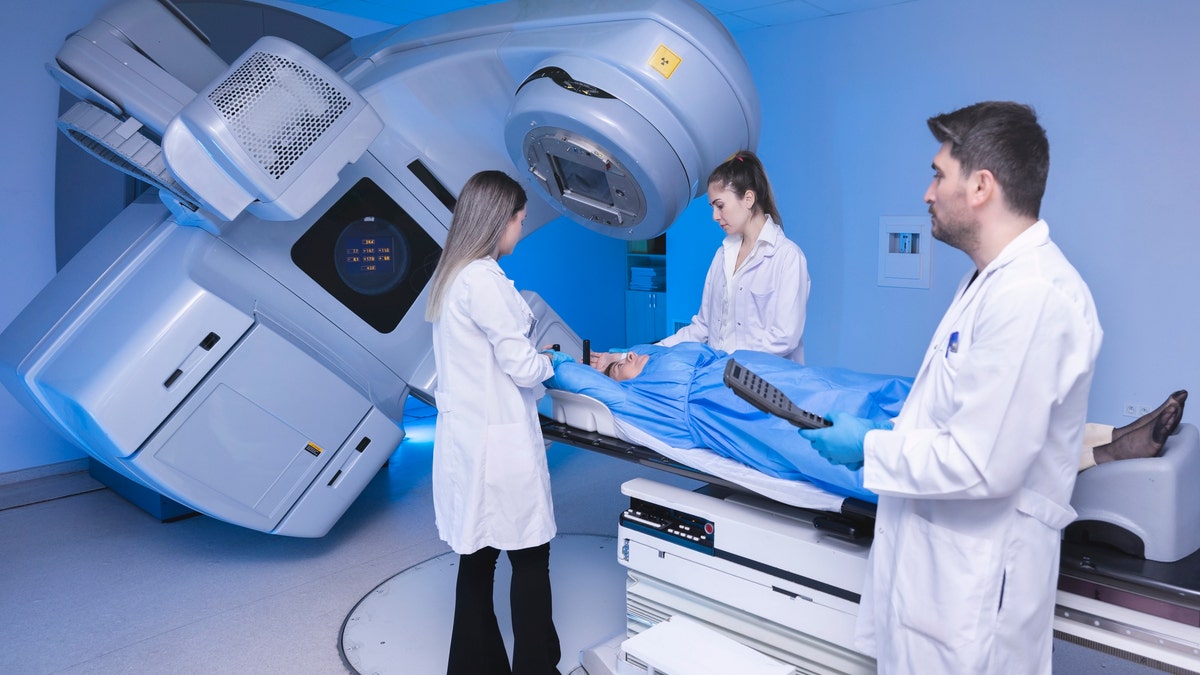
To test the tool’s accuracy, the researchers used it to analyze photos of 6,196 cancer patients taken before radiotherapy treatment. (iStock)
“This opens the door to a whole new realm of biomarker discovery from photographs, and its potential goes far beyond cancer care or predicting age,” said co-senior author Ray Mak, MD, a faculty member in the AIM program at Mass General Brigham, in the release.
“As we increasingly think of different chronic diseases as diseases of aging, it becomes even more important to be able to accurately predict an individual’s aging trajectory. I hope we can ultimately use this technology as an early detection system in a variety of applications, within a strong regulatory and ethical framework, to help save lives.”
ER physician on AI
Dr. Harvey Castro, a board-certified emergency medicine physician and national speaker on artificial intelligence based in Dallas, Texas, was not involved in FaceAge’s development but shared his comments on the tool.
ARE FULL-BODY SCANS WORTH THE MONEY? DOCTORS SHARE WHAT YOU SHOULD KNOW
“As an emergency physician and AI futurist, I see both the promise and peril of AI tools like FaceAge,” he told Fox News Digital.
“What excites me is that FaceAge structures the clinical instinct we call the ‘eyeball test’ — a gut sense of how sick someone looks. Now, machine learning can quantify that assessment with surprising accuracy.”
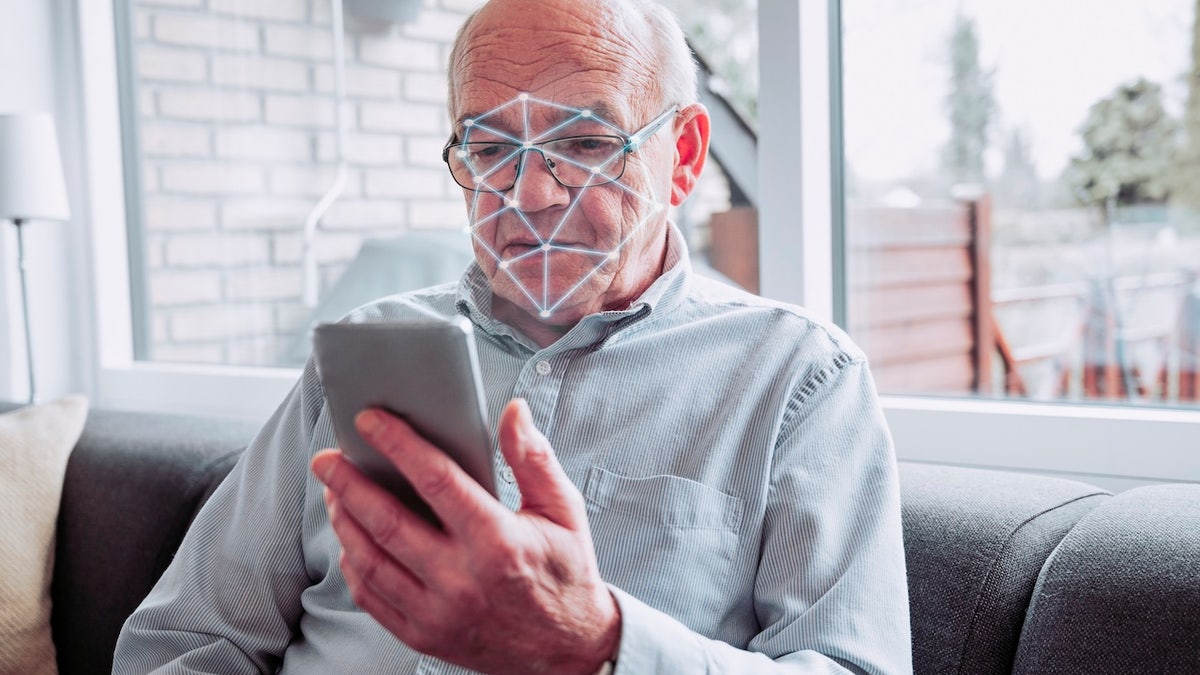
Among the people with cancer, the tool generated a higher biological age that was about five years higher than their chronological age. (iStock)
Castro predicts that FaceAge could help doctors better personalize treatment plans or prioritize palliative care in oncology — “where resilience matters more than a birthdate.”
The doctor emphasized, however, that caution is key.
“AI models are only as good as the data they’re trained on,” Castro noted. “If the training data lacks diversity, we risk producing biased results.”
“While FaceAge may outperform clinicians in some survival predictions, it should augment human judgment, not override it.”
CLICK HERE TO SIGN UP FOR OUR HEALTH NEWSLETTER
Castro also cautioned about potential ethical concerns.
“Who owns the facial data? How is it stored? Do patients understand what’s being analyzed? These questions matter as much as the technology itself,” he said.
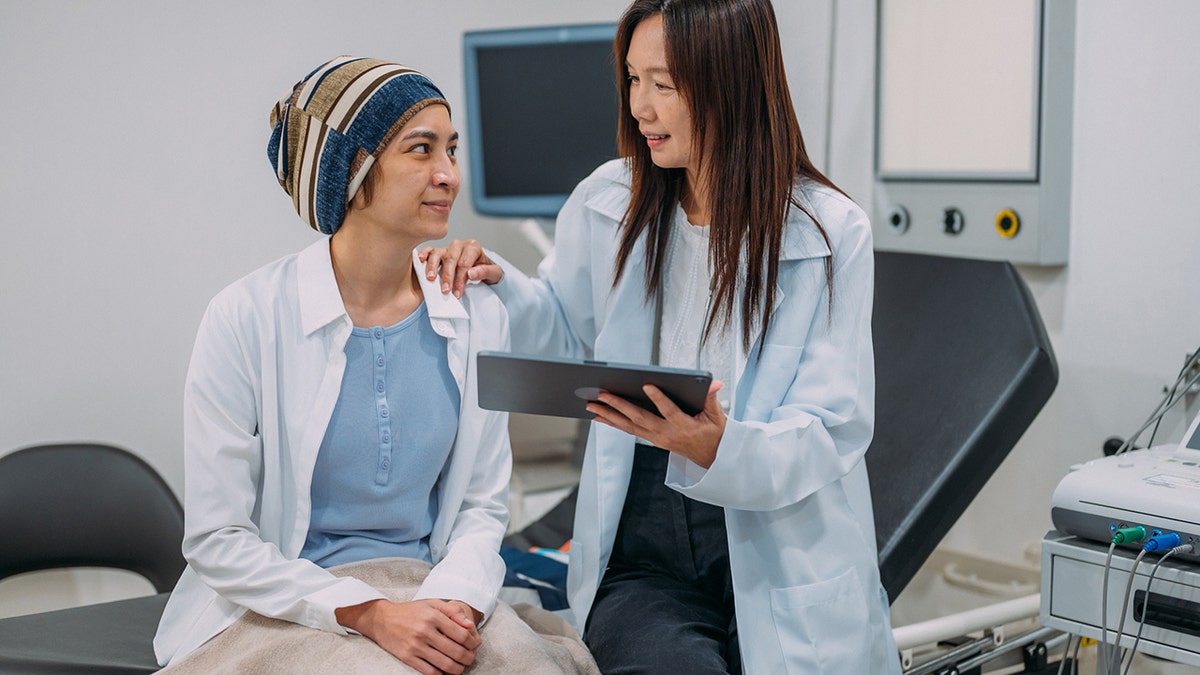
“AI can enhance our care — but it cannot replace the empathy, context and humanity that define medicine.” (iStock)
There is also a psychological impact of the tool, Castro noted.
“Being told you ‘look older’ than your age could influence treatment decisions or self-perception in ways we don’t yet fully understand,” he said.
“We need clear consent, data privacy and sensitivity. No one wants to be told they look older without context.”
For more Health articles, visit www.foxnews.com/health
The bottom line, according to Castro, is that AI can enhance a doctor’s judgment, but cannot replace it.
“AI can enhance our care — but it cannot replace the empathy, context and humanity that define medicine.”
Health
Sprout Health: Real Facts and Figures | Woman's World

Use left and right arrow keys to navigate between menu items.
Use escape to exit the menu.
Sign Up
Create a free account to access exclusive content, play games, solve puzzles, test your pop-culture knowledge and receive special offers.
Already have an account? Login
-
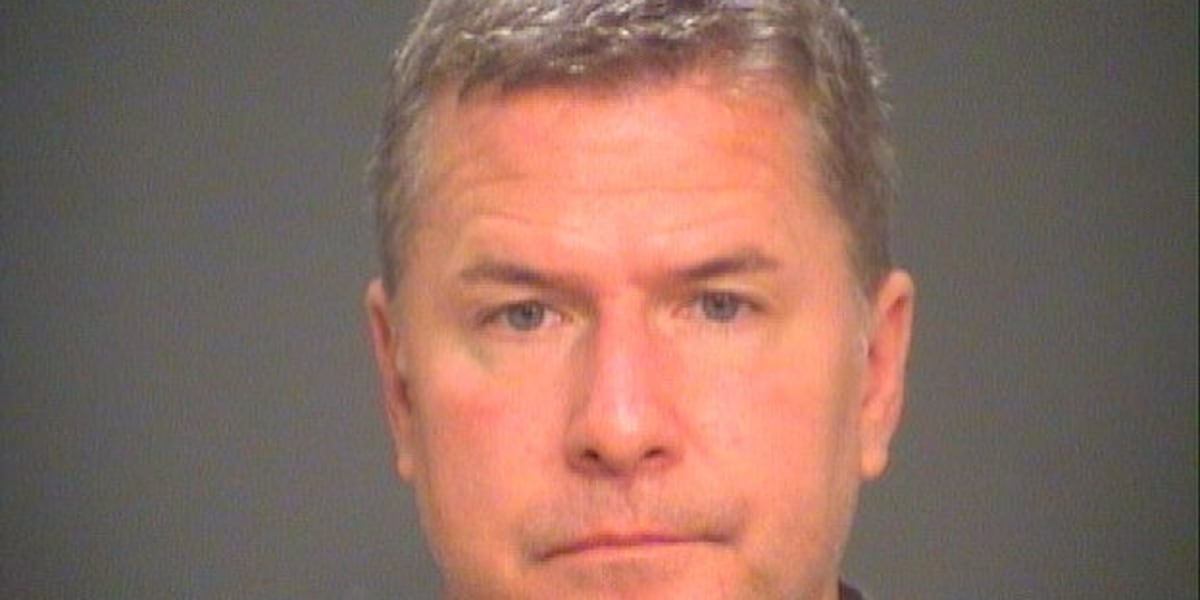
 Cleveland, OH1 week ago
Cleveland, OH1 week agoWho is Gregory Moore? Former divorce attorney charged for murder of Aliza Sherman in downtown Cleveland
-

 News1 week ago
News1 week agoFamily statement: Rodney Hinton Jr. walked out of body camera footage meeting with CPD prior to officer death
-
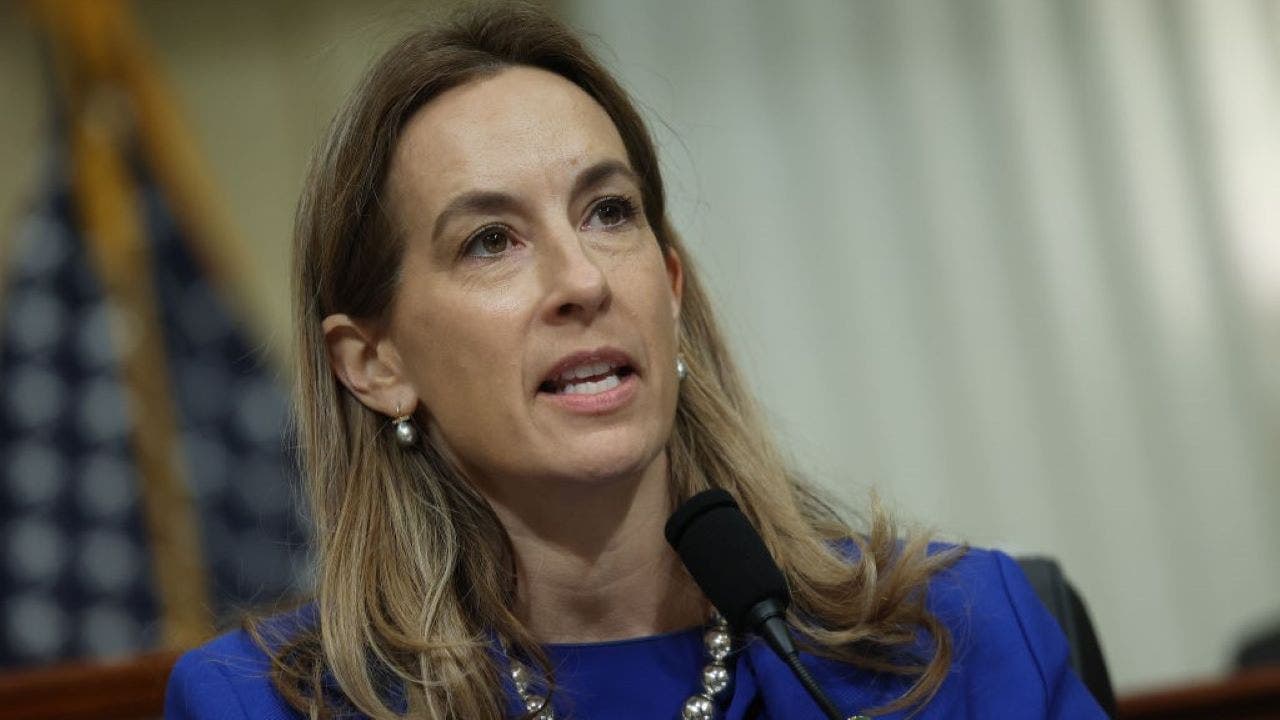
 Politics1 week ago
Politics1 week agoRep. Mikie Sherrill suggests third Trump impeachment as she campaigns to be next New Jersey governor
-

 Politics1 week ago
Politics1 week agoTrump posts AI image of himself as Pope amid Vatican's search for new pontiff
-

 News1 week ago
News1 week agoAre Politicians Too Old? California Democrats Want to Debate an Age Cap.
-

 World1 week ago
World1 week ago‘Don’t see a major war with India, but have to be ready’: Pakistan ex-NSA
-

 News1 week ago
News1 week agoFather Whose Son Was Shot by Cincinnati Police Hits Deputy With Car, Killing Him
-
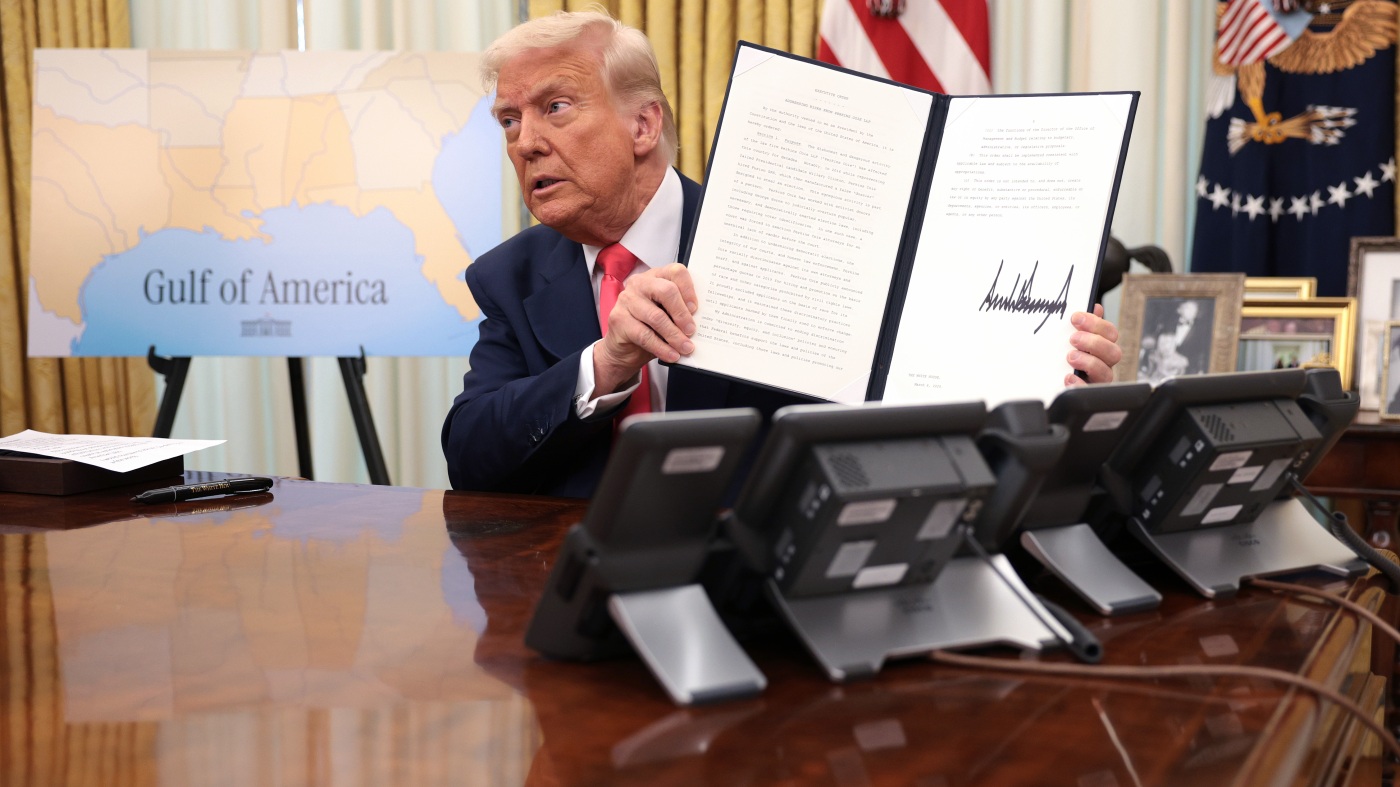
 News1 week ago
News1 week agoFederal judge strikes down Trump order targeting the law firm Perkins Coie





